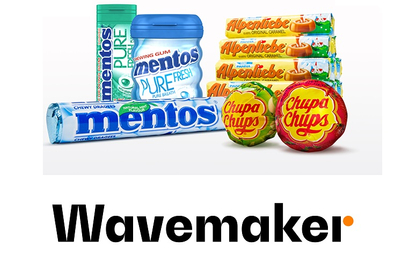
Perfetti Van Melle recently launched a campaign to promote its snack brand Stop Not. The campaign has been created by Meridian Communications.
The campaign features two commercials with the message ‘Ekdum Bajedar’. One of them features an athlete who is about to dive into the pool but gets distracted by the sound of a man munching Stop Not in the audience.
The other features a family, where the father prepares to catch his kid jumping from a tree in a park. He fails to do so, as he is distracted by the crunchy sound of a youngster eating Stop Not.
Both the films sign off with a character making the point that Stop Not is so crunchy, that one must eat it at a distance.
Campaign India caught up with Ramesh Jayaraman, managing director, Perfetti Van Melle India, on his expectations from the campaign. Excerpts:
What is Perfetti Van Melle’s marketing strategy to promote Stop Not?
For a brand like Stop Not, it is important to have a mass appeal and at the same time engage the youth of India. As a strategy, we resort to humour because it is something that appeals to everyone. So with our ongoing campaign, we’re using humour as a tool to spread awareness about the crunchiness of Stop Not.
Is that the central idea for the entire campaign - to focus on Stop Not being a crunchy snack?
Yes, that’s pretty much our focus. The idea is to focus on establishing the brand as an enjoyable crunchy snack. In the television commercial, the benefit of crunchiness is very well expressed through sound. The execution is impressive.
We wanted to send out a unique message in a memorable and entertaining way because it doesn’t make too much sense to communicate two or more things in a single spot.
Is this a 360-degree campaign? Which medium are you going to focus more on?
Our focus is on building mass awareness for the brand. So we’re using television as our primary medium of communication. We’re also doing some work in the digital space primarily to build engagement with the youth. So on Facebook, we’re looking to build a sizeable community for Stop Not via interesting posts and contests. As we speak, we have more than 1.8 lakhs likes on our Facebook fan page and we’re looking to build on that.
What was the brief given to the agency?
The brief was to developing a new positioning for the brand. And that’s not an easy thing to do. So full credit goes to the agency. Post extensive consumer work, we mutually decided to build the brand on a clear product benefit that will help differentiate the brand and help create a clear meaning in the consumer’s life. Crunchiness was a unanimous decision, as the attribute clearly could be owned by the Stop Not range. The agency did a fantastic job of taking the brief and making a campaign that is very engaging and clutter-breaking. We are very excited about the campaign and are sure it will connect with the youth of today.


.jpg&h=334&w=500&q=100&v=20250320&c=1)
.jpg&h=334&w=500&q=100&v=20250320&c=1)


.jpg&h=334&w=500&q=100&v=20250320&c=1)


.jpg&h=334&w=500&q=100&v=20250320&c=1)
.jpg&h=334&w=500&q=100&v=20250320&c=1)

.jpg&h=268&w=401&q=100&v=20250320&c=1)



.jpg&h=268&w=401&q=100&v=20250320&c=1)
.jpg&h=268&w=401&q=100&v=20250320&c=1)


